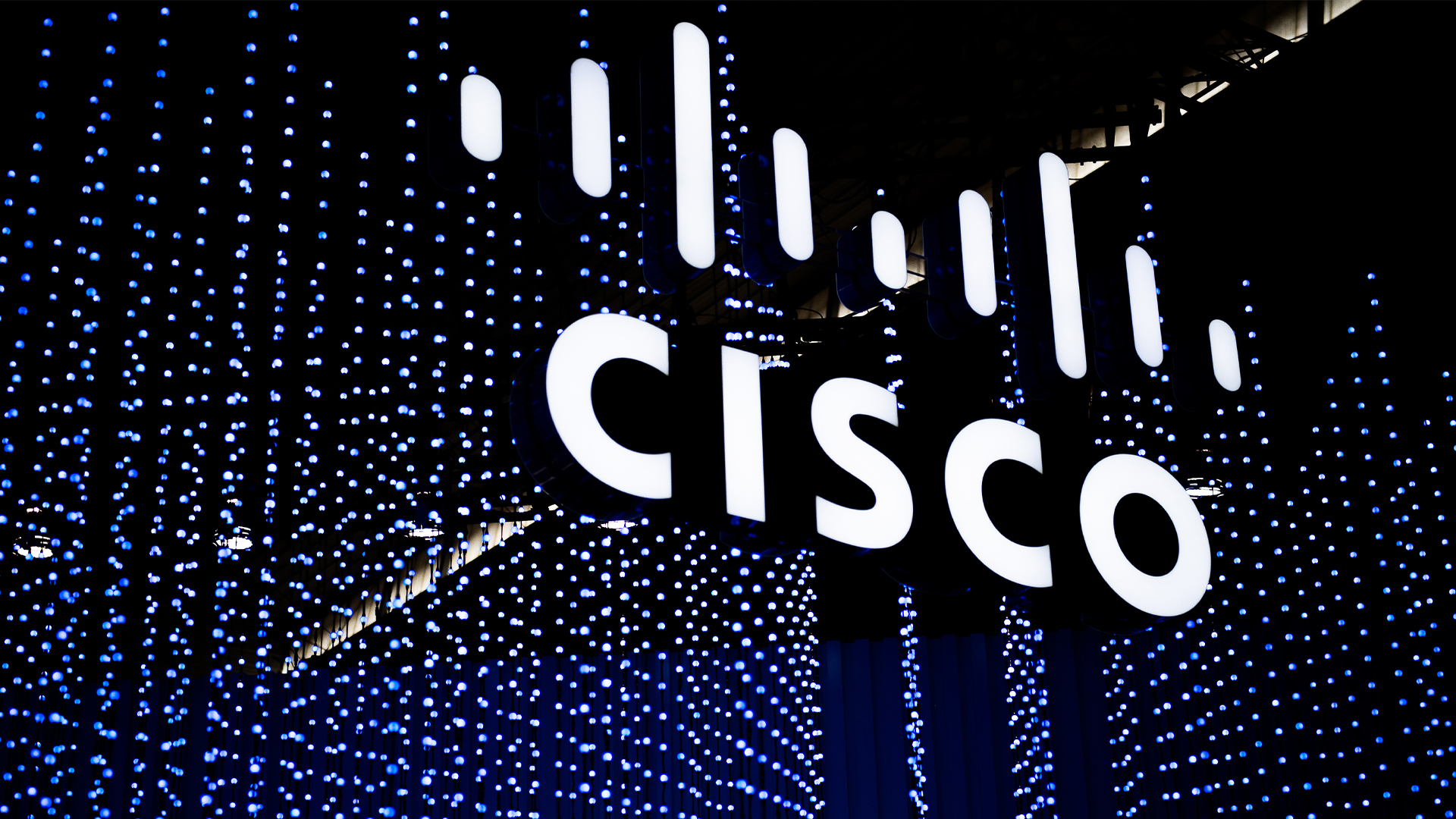HPC: multiple vendors key to successful partnering
Julian Fielden discusses why OCF switched from being a one-vendor firm to partnering with multiple companies

It’s no secret that a few years ago our primary vendor partner was IBM. It was the right thing to do at the time. ‘Our bird in hand’ was steady, proven and valuable to us and our customers. IBM provided us with world leading hardware and software to design and build robust HPC systems for our customers (they still do in many cases). We also spent less time recruiting and managing partners and more time serving customers. It was then, and still is, a very successful partnership.
However, times change. After 2008, the world went mad, the pound went from $2 to $1.3 and these unwanted macro economic conditions were causing a lot of issues for our customers. We needed to help our customers in the best way possible, so we went looking for ‘birds in the bush’ and broadened our partner base from only being with IBM to having additional partners for each of the components within our solutions.
It was a significant move away – the polar opposite in fact - from our previous strategy, but the market moves and it became evident that being so heavily aligned to a single vendor partner for a period of time restricted choices for us and our customers. The subsequent acquisition of IBM’s x86 server technology by Lenovo certainly proves that nothing stands still for long and we need to be flexible and agile in our attitude.
As time has moved on, we have developed new partnerships. In the server market, we have deployed HPC systems with Lenovo at The Cloud Infrastructure for Microbial Bioinformatics (CLIMB) project and University of Oxford. However, we also do a lot of work with Fujitsu and completed a successful deployment at The Wellcome Trust Centre for Human Genetics [WTCHG].
In storage, we work with DDN, NetApp, Fujitsu, Lenovo and IBM. The storage solutions in a lot of cases are more differentiated according to capability because storage is a more varied product than servers. Nonetheless, we have designed and deployed systems at WTCHG and Public Health England using DDN technology, as another example.
The WTCHG based at the University of Oxford uses a Fujitsu high-performance BX900 blade-based cluster with Mellanox InfiniBand and DDN storage system. It was designed to support the genetics research of 25 groups and more than 100 researchers. Dr Robert Esnouf, Head of Research Computing at the Wellcome Trust said, “Research is driving our adoption of HPC. Compared to this time last year, our researchers can put through five times more work and are doing so on a machine with the same energy footprint. With the support of OCF and its hardware partners like Fujitsu and IBM, we’re now fully armed to meet today’s challenges.”
As we move further into 2016, I believe public sector and commercial organisations will want HPC systems built using best of breed solutions. There will be no single solution right for everyone. Our experience of working in the channel is one that needs flexibility and agility – our customers want the latest and greatest HPC systems, regardless of vendor, so sticking with one vendor doesn’t always make sense. But, of course, building lasting partnerships is important too – it’s a fine balance between working closely with key vendors and finding and recruiting new ones to make sure you remain at the top of the innovation tree.
Stay up to date with the latest Channel industry news and analysis with our twice-weekly newsletter
Julian Fielden is managing director of OCF
-
 Trump's AI executive order could leave US in a 'regulatory vacuum'
Trump's AI executive order could leave US in a 'regulatory vacuum'News Citing a "patchwork of 50 different regulatory regimes" and "ideological bias", President Trump wants rules to be set at a federal level
-
 TPUs: Google's home advantage
TPUs: Google's home advantageITPro Podcast How does TPU v7 stack up against Nvidia's latest chips – and can Google scale AI using only its own supply?
-
 Cisco names Oliver Tuszik as global sales chief
Cisco names Oliver Tuszik as global sales chiefNews Cisco has announced the appointment of Oliver Tuszik as its new executive vice president of global sales, who replaces Gary Steele.
-
 Selling on outcomes, not solutions – how the channel can improve sales success in 2025
Selling on outcomes, not solutions – how the channel can improve sales success in 2025Industry Insights The traditional solutions-led approach to channel sales needs to be adapted – here’s how
-
 Wasabi Technologies promotes Jon Howes to SVP of global sales
Wasabi Technologies promotes Jon Howes to SVP of global salesNews The industry veteran will lead the cloud storage firm’s global sales operations as it looks to further growth
-
 Why technology resellers are essential to UK government
Why technology resellers are essential to UK governmentIndustry Insights Technology resellers can play a pivotal role in supporting public sector digital transformation
-
 How the channel can maximize market opportunities for business growth
How the channel can maximize market opportunities for business growthIndustry Insights Adapting to emerging technology trends, fostering closer client relationships, and building a strong online presence will be key to maximizing channel growth
-
 Understanding the customer journey is key to building stronger client relationships
Understanding the customer journey is key to building stronger client relationshipsIndustry Insights Understanding the complexities of the modern customer journey will be key to fostering robust, long-term relationships with clients
-
 Building channel resilience in 2023 and beyond
Building channel resilience in 2023 and beyondIndustry Insights Building a resilient, robust channel ecosystem could be key to weathering current economic trends
-
 Veritas bolsters partner program with new incentives and rewards
Veritas bolsters partner program with new incentives and rewardsNews A simplified channel platform process will enable partners to focus on their core strengths in FY24, the company says